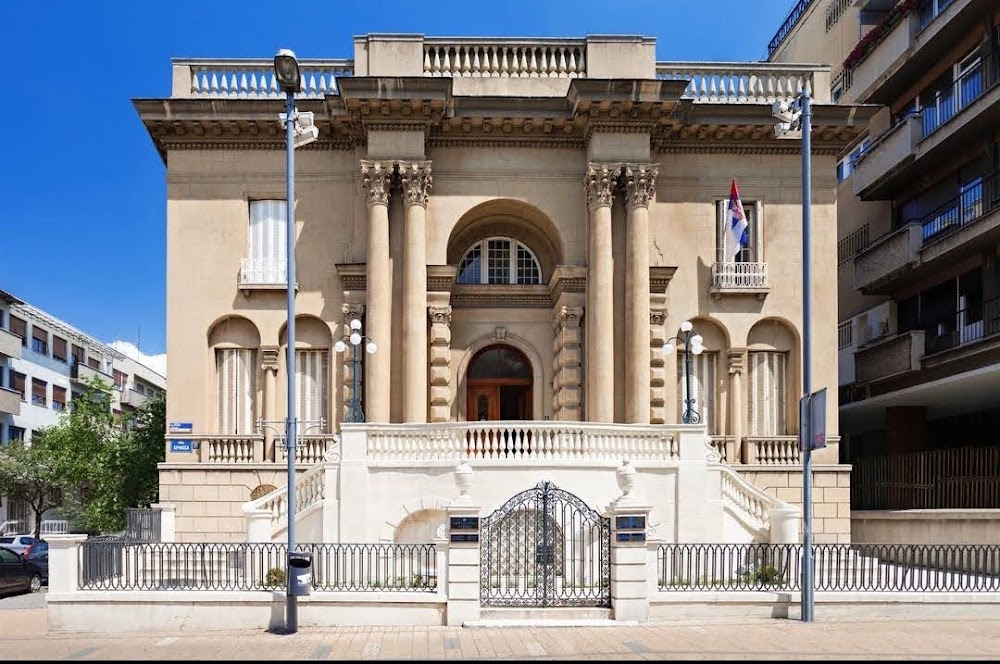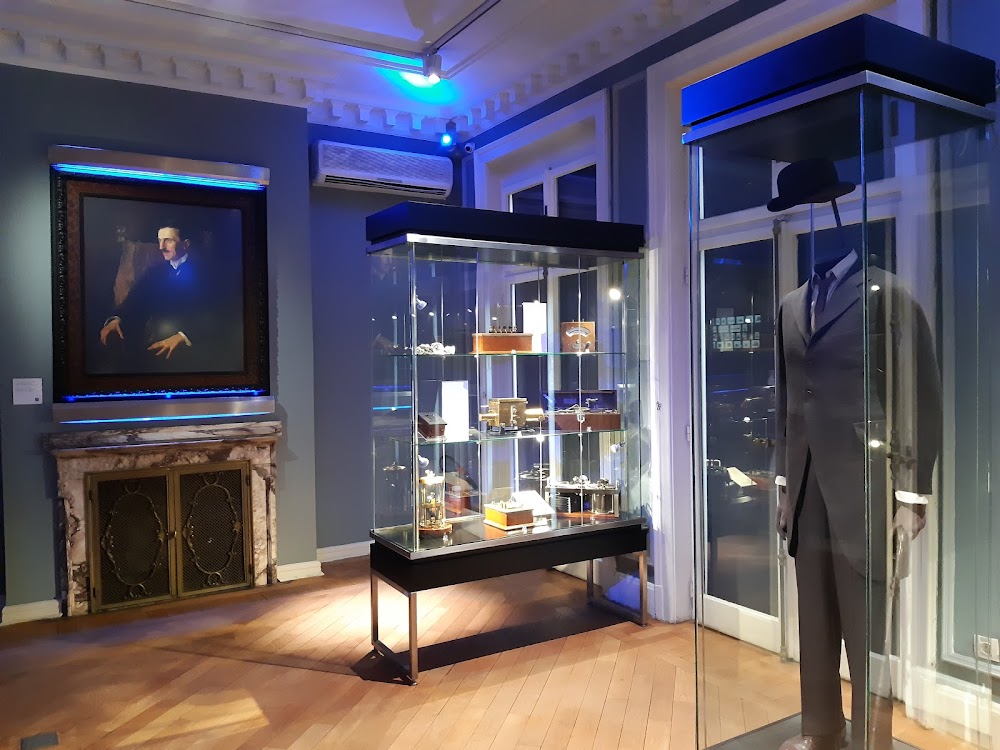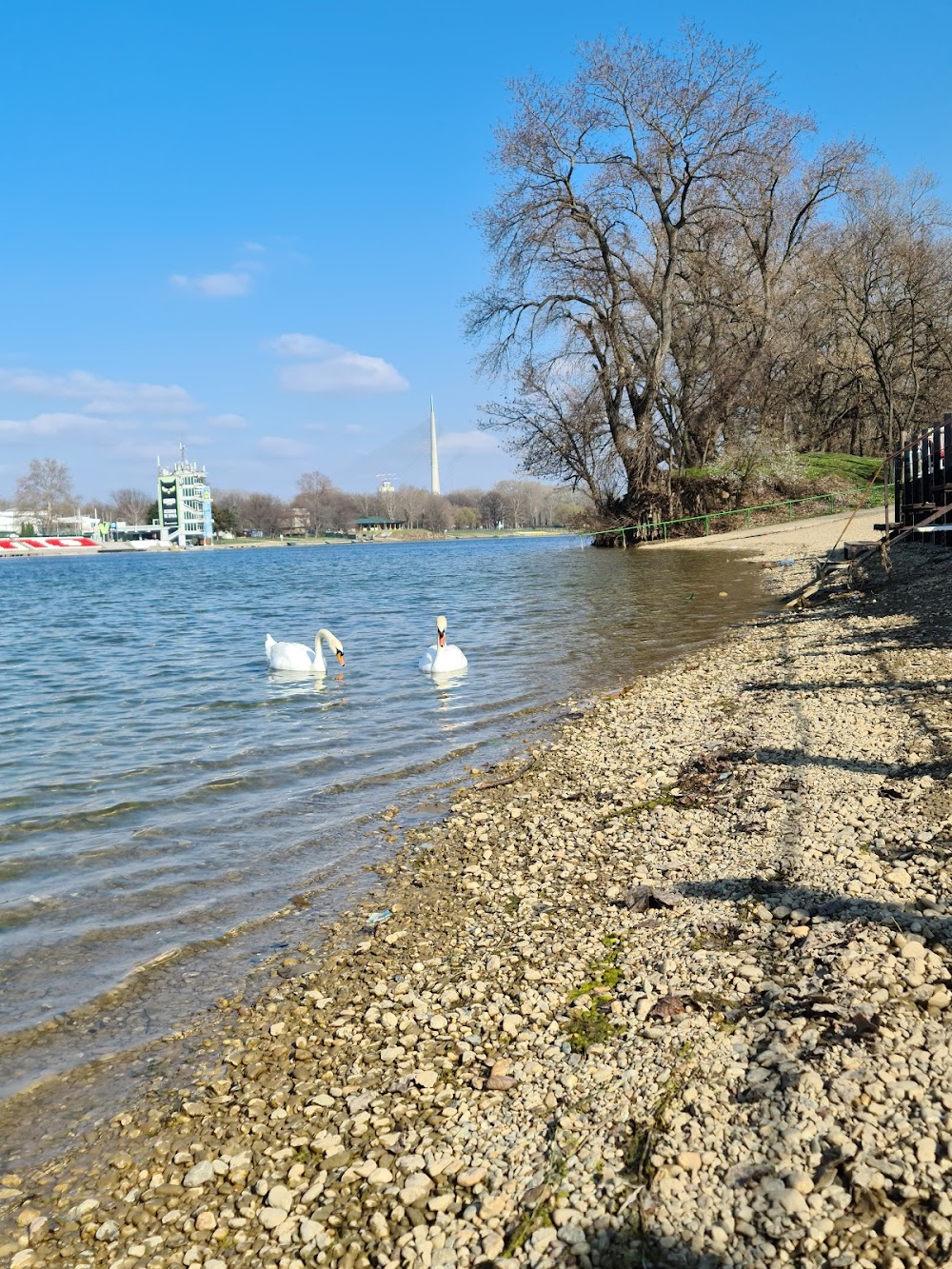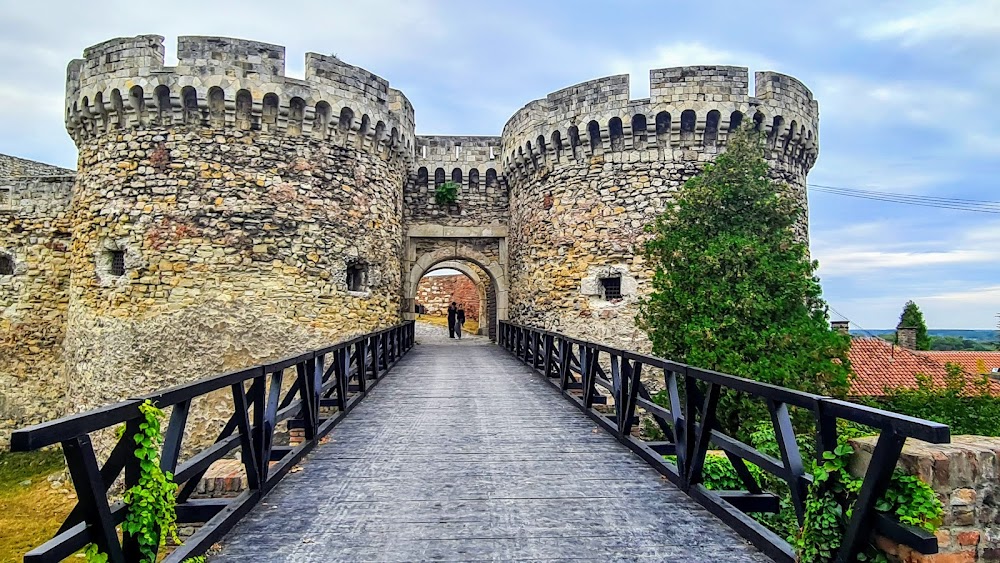Nikola Tesla Museum (Muzej Nikole Tesle)
Overview
Nestled in the vibrant heart of Belgrade, Serbia, the Nikola Tesla Museum stands as a remarkable tribute to one of history’s most brilliant inventors. This museum is dedicated to the legacy of Nikola Tesla, showcasing his extraordinary contributions to science and technology. The journey to establish this museum began in the mid-20th century, fueled by a passionate commitment to honor Tesla’s work and educate the public about his groundbreaking innovations.
The museum is housed in an architectural gem, a residential villa built in 1929 by the renowned Serbian architect Dragiša Brašovan. This elegant structure harmoniously blends classic and modern architectural styles and is prominently situated in the Vračar district of Belgrade. The villa’s grandeur is a fitting backdrop for Tesla’s legacy, reflecting the magnitude of his achievements as it stands proud amid the city’s hustle and bustle.
Following Tesla’s death in 1943 in New York City, his belongings—including scientific manuscripts, personal memorabilia, and various pieces of equipment—were brought to Belgrade by his nephew, Sava Kosanović. Recognizing the importance of preserving these invaluable artifacts, the drive to create a museum honoring Tesla gained traction. By 1952, the Serbian government took decisive action to establish the Nikola Tesla Museum, officially opening its doors to the public in 1955 at the villa on Krunska Street.
Visitors to the museum are welcomed by a rich tapestry of exhibits that celebrate Tesla’s life and achievements. The collection features an extensive array of documents, photographs, drawings, and models of his inventions. Among the highlights are Tesla’s original papers and over 160,000 original documents that provide profound insights into his thought processes and innovations. Noteworthy exhibits include working models of his most famous inventions, such as the Tesla coil, which spectacularly demonstrates the principles of wireless electricity.
One of the museum’s most poignant displays is the urn containing Tesla’s ashes, showcased prominently as a moving reminder of his enduring impact on the world. Additionally, interactive exhibits invite visitors to engage with Tesla’s technologies, allowing them to experience the magic of wireless transmission firsthand.
The museum is not merely a static repository of artifacts; it serves as a dynamic hub for research and education. Regular lectures, educational programs, and exhibitions delve into various aspects of Tesla’s groundbreaking work and its relevance today. This commitment to ongoing education ensures that Tesla’s visionary ideas continue to inspire future generations of scientists, engineers, and inquisitive minds.
In recent years, the Nikola Tesla Museum has embraced digital technologies to expand its reach to a global audience. Virtual tours and online exhibitions enable individuals from around the world to explore Tesla’s legacy, breaking geographical boundaries and broadening the museum’s influence. This modern approach has made Tesla’s story accessible to an even wider audience, enriching the global conversation about his contributions.
Ultimately, the Nikola Tesla Museum is more than just a collection of artifacts; it is a celebration of the enduring spirit of innovation and inquiry. As visitors stroll through its halls, they are reminded of Tesla’s relentless pursuit of knowledge and his unwavering belief in the power of human ingenuity. The museum serves as an inspiration, encouraging all who visit to dream big, challenge the status quo, and strive for a brighter future through science and technology.
In conclusion, the Nikola Tesla Museum in Belgrade, Serbia, stands as a beacon of knowledge and inspiration. From its historically significant building to its vast collection of Tesla’s works and engaging interactive exhibits, the museum is a fitting tribute to a man whose ideas continue to shape our modern world. Through its ongoing educational initiatives and embrace of digital outreach, the museum ensures that Nikola Tesla’s legacy remains vibrant and relevant for generations to come.






